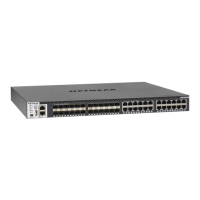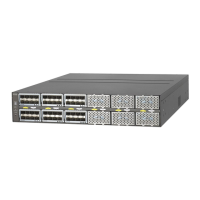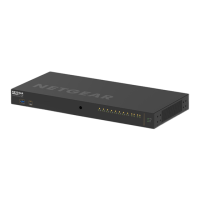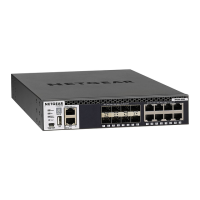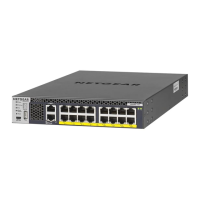24
3
3. Troubleshooting
Troubleshooting Chart
The following table lists symptoms, causes, and solutions to possible problems.
Table 3. Troubleshooting chart
Problem Cause Solution
Power LED is off. No power is received. Check the power cord connections for the switch
at the switch and the connected device.
Make sure that all cables used are correct and
comply with Ethernet specifications.
Link LED is off or intermittent. Port connection is not
working.
• Check the crimp on the connectors. Make sure
that the plug is fully inserted and locked into
the port at both the switch and the connecting
device.
• Make sure that all cables used are correct and
comply with Ethernet specifications. See
Appendix A.
• Check for a defective adapter card, cable, or
port by testing it in an alternate environment
where all products are functioning.
Slow file transfer or there is
performance degradation.
Half- or full-duplex setting on
the switch and the connected
device are not the same.
• Make sure that the attached device is set to
autonegotiate.
• Check the system message log.
A segment or device is not
recognized as part of the
network.
One or more devices are not
properly connected, or cabling
does not meet Ethernet
guidelines.
Verify that the cabling is correct. Be sure that all
connectors are securely positioned in the
required ports. Equipment might have been
accidentally disconnected.
ACT LED blinks continuously
on all connected ports and the
network is disabled.
A network loop (redundant
path) has been created.
Break the loop by ensuring that there is only one
path from any networked device to any other
networked device.
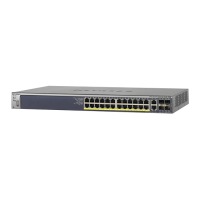
